Sotheby's Milan announces sale of sculptures and works of art
A Milanese Cabinet Collection. Photo: Sotheby's.
MILAN.- For the first time in a Milanese sale on an international level, most of the lots are accompanied by export licence. It’s therefore an important news for the art market in Italy and abroad.
Sotheby’s Milan will host this event and Filippo Lotti – Sotheby’s Italy managing director -comments: "After a few seasons devoted exclusively to Contemporary Art in Italy, Milan expands again its business thanks to a refined Milanese Private Collection, mostly dedicated to the 17th-18th Century with museum-quality paintings, a selection of Venetian, Roman, Florentine and Genoese furniture, a nucleus of high-quality Works of Art in bronze and terracotta, and a small group of precious corals”.
The sale combines a private collector’s unique taste for interior furnishing with the passion for Wunderkammer It is a collection that includes about 80 lots, in which the section of Sculptures and Works of Art represents all the finest techniques that cross the artistic styles from Renaissance to Neoclassicism.
An example of the high quality of the sale is the Roman 17th-18th Century carved and giltwood console with a jasper of Sicily veneered top ( Est. 20,000-30,000 EUR) and the pair of commesso in pietre dure plaques, with ebony and gilt-bronze mounts, each depicting a landscape (Est. 15,000-25,000 EUR).
Lot 35. A Roman carved and giltwood console, 17th-18th century, with a jasper of Sicily and verde antico veneered marble added top. Estimate 20,000 — 30,000 €. Photo: Sotheby's.
Lot 37. Italian, Florence, first quarter of the 17th century, a pair of plaques each depicting a landscape, commesso di pietre dure with ebony and gilt-copper mounts, small restorations. Estimate 15,000 — 25,000 €. Photo: Sotheby's.
Formerly in the collection of the Duke of Norfolk, the commesso in pietre dure, ebony and gilt-bronze mounts casket executed by Botteghe Granducali in Florence, between 1680 and 1720. This precious art object has an estimate of 40,000-60,000 EUR.
Lot 36. Casket made of semiprecious stones, ebony and gilt bronze applications, Grand-ducal Workshops, Florence, the first quarter of the 18th century. Estimate 40,000 — 60,000 €. Photo: Sotheby's.
the lid decorated with two ovals depicting the Annunciation by the fresco of the fourteenth-century SS.Annunziata in Florence, the plaques made in the forehead and sides with garlands of leaves and flowers, double volute feet, the internal threaded rosewood veneer, paper label written in ink collection: Duke of Norfolk; 29x44x33 cm.
Provenance: Antiquities Alberto Di Castro, Rome.
Notes: The quality of the salesperson, cabinet and gilded bronze applications of this tape can be compared to some boxes designed and planned by Giovanni Battista Foggini. The floral scrolls decorating the front, back and sides of our box are similar to those of the retained deposit box at the Hofburg in Vienna (see A. Gonzalez-Palacios, The Temple of Taste , op. Cit., Milan, 1896, vol. II, p. 62, fig. 80). The feet are comparable with those of the Landesmuseum box Kassel (see A. Giusti, Pietre Dure, Torino 1992, p. 110, fig. 28). Some plaques in hard stone spirals of leaves and flowers like are illustrated by A. Gonzalez-Palacios in Las Colecciones Reales Españolas de Mosaicos y Piedras Duras , Madrid 2001, pp. 114-115, no. 20. The person who decorates the cover of this cassette enjoyed particular favor in the laboratory of the Grand-ducal Workshops and is drawn from the fresco in the church of fourteenth-century Florence, the object of great popular veneration town. The same theme appears in the Royal Palace of Madrid plaque (see A. Gonzalez-Palacios, op.cit., Madrid 2001, p. 153, n. 26) and in the Opificio delle Pietre Dure in Florence signed by Baccio Cappelli and dated 1727 (see A. Giusti, the Factory of Wonders. the Manufacture of Pietre Dure in Florence , Florence 2015, p. 43, figs. 54-55). It was especially under the long reign of Cosimo III (1670-1723) that the manufactures of the Medici Grand Duke of Works Gallery, on the first floor of the Uffizi Vasari's building, is specialized in the creation of many valuable artifacts to give to kings and aristocrats of all over Europe and England.Between the end of the seventeenth century and the first quarter of the eighteenth century the activity of the Grand-ducal Workshops was characterized by a further qualitative and creative impulse under the artistic direction of the sculptor Giovan Battista Foggini, he kept from 1694 until his death in 1725. Giovan Battista Foggini ( 1652-1725) under the protection of the Grand Duke Cosimo III de 'Medici, covered up the post of Director of the Grand-ducal Workshops, overseeing every detail of what is produced in the Medici manufactory. Il Giornale , preserved in the Prints and Drawings Department of the Uffizi in Florence, contains a fascinating series of his drawings that show the care and creativity with which Foggini designed boxes and gilded bronze applications running towards the end of his career between 1713 and about 1718 (see A. Gonzalez-Palacios,the Temple of Taste, the Grand Duchy of Tuscany and the Northern States , Milan, 1986, vol. II, figs. 57-77).
Bibliography: A. Gonzalez-Palacios, The Temple of Taste, Tuscany and northern Italy , Milan, 1986, vol. II, p. 83, Fig. 80;
A. Giusti, Pietre Dure , Torino 1992 p. 110, Fig. 28;
A. Gonzalez-Palacios, Las Colecciones Reales Españolas de Mosaicos y Piedras Duras , Madrid 2001, pp. 114-115, no. 20;
A. Giusti, The Factory of Wonders. The Manufacture of Pietre Dure in Florence , Florence 2015, p. 43, FIGS. 54-55. Lot for temporary artistic import This Has Been items imported under temporary importation artistic license.
The Baroque is beautifully represented by the high bronze inkwell made by the Nicola Roccatagliata workshop, 17th Century, surmounted by the allegorical figure of Fame between two Cupids (Est. 12.000-18.000 EUR).
Lot 2. Workshop of Niccolò Roccatagliata (circa 1570-1636), Italian, Venice, late 16th century, an inkwell in the form of a sarcophagus and cover with Fame between two Cupids each one with a cornucopia, inscribed on plinth non omnis moriar, bronze. Estimate 12.000-18.000 €. Photo Sotheby's.
Among the terracotta sculptures of the collection, the magnificent group of Bacchus and Venus (h. 50cm approx) signed by Giovanni Baratta in early 18th Century valuated 40.000-60.000 EUR.
Lot 43. Giovanni Baratta (1670-1747), Italy, Firenze, early 18th century, Bacchus and Venus, Terracotta. Estimate 40.000-60.000 €. Photo Sotheby's.
Venus alt .: 54 cm .; Bacchus alt .: 54 cm.
Provenance: Walter Padovani, Milan.
Exhibited: Florence, Uffizi Gallery, Splendour and reason. Art of the eighteenth century in Florence , 2009, no. 30.
Literature: R. Spinelli (eds), The pomp and reason. Art of the eighteenth century in Florence, exhibition catalog (Florence, Uffizi Gallery, 30 May to 30 September 2009), Florence 2009, cat. 30, pp. 124-127, illustrated.
Notes: The care and craftsmanship with which these two pottery are made, are certainly related to a high-ranking clients.Giovanni Baratta, the Carrara-born sculptor, but mainly active in Florence, was in fact in charge of the main families of the city and its activities is also documented in the court of the king of Denmark, for which he made some sculptures in the Rosenborg Castle gardens Copenhagen. Notice how analogies can be found between the cloak that envelops our Venus and the robe of Orfeo Rosenborg, while the head of the goddess, for its refined workmanship, is similar to that of the pendant depicting Eurydice. Additional comparisons for the two pottery can be traced with fillers made from Baratta in 1705 in the Hall "Golden Age" in Palazzo Marucelli Fenzi in Florence and the plastic decorations made in the Feroni villa in Bellavista of Borgo a Buggiano. The two easily identifiable sculptures of Venus and Bacchus are probably conceived as preparatory sketches of monumental works to be placed in outdoor spaces and within the niches, as evidenced by the back left in a sketch and not finished. Between the two figures will trigger a balanced game of contrasts that makes the extremely group alive and throbbing. Bacchus, half-naked and handsome in fitness and athletic dry, lasts to the girl with a make languid and accentuated dall'ebrezza, to offer grapes. Venus, unusually covered with a light and enveloping cloak, withdraws, looking down and opposes the impetuousness of Bacchus raising his right arm towards you. Cupid, placed to the right of Venus and originally equipped with arrow, is a participant in the scene and assists amazed explicit gesture of Bacchus. Giovanni Baratta (Carrara 1670-1747), he was a sculptor and internationally renowned decorator. He began his career under the guidance of Giovanni Battista Foggini in the Grand Duchy of Tuscany. His mastery in the creation of ornamental architecture was also consolidated with the clever use of stucco, with which made spectacular three-dimensional effects in other works background. The varied activities took place in Florence, city in the top destinations of the Grand Tour , made him known and appreciated as a prominent sculptor even in international circles, whereby undertaken with important commissions from the king of Denmark (1709-1728), reports working with real clients. These collaborations followed with the Savoy in Turin, under the guidance of Filippo Juvarra, who introduced him to the King of Spain in Madrid for which carried out the decoration of the facade of the Palacio Real de La Granja de San Ildefonso, in the 40s of seven hundred. Lot for temporary artistic import This item has Been imported under temporary importation artistic license.
The famous Roman sculptor Francesco Righetti plays with the great celebrity of Apollo and Daphne by Bernini in the bronze (h.40cm) formerly coming from Betterton House, Oxfordshire, and published in The Loyd Collection of Paintings, Drawings and Sculpture, London 1991; the bronze has a valuation from 30,000-50,000 EUR.
Lot 44. Francesco Righetti (1749-1819), Italian, Rome, Apollo and Daphne, signed and dated on the base Righett. F. Rome. 1791, bronze on an associated marble base. Estimate 30.000-50.000 €. Photo Sotheby's.
The Milanese Cabinet-Collection contains also a group of precious Corals, among which excels the 17th Century Casket, in coral and silver (Est. 80,000-120,000 EUR) and two real painted Neapolitan waxes by Francesco Pieri (1699-1773).
It can’t be missed in an accurate collection a table clock; and here, we point out the carved and gilt wood table clock, dated 1770 and inscribed: Antoine Vasquet a fils/orologer du prints du Carignan/Racconigi (h. 56cm; Est 15,000-25,000 EUR).
Lot 27. Wall clock in carved wood table, carved and gilded with gold metal and silver applications and details in tablet, Piemonte, about 1770. Estimate 30.000-50.000 €. Photo Sotheby's.
amphora-shaped two handles, topped with metal basket with flowers from which descend garlands, the two leaf-ending loops with zoomorphic heads, the entire surface covered with lattice pattern in gold metal on silver foil resting on the plinth in veneered wood with pink thread final four vase on the corners, writing under the base: Antoine Vasquete and fils / orologer du prins du Carignan / Racconis, similar words, also under the pedestal ; 56x32,5x21,5 cm.
Provenance: Walter Padovani, Milan.
Notes: A Piedmontese carved and giltwood table clock with gilt metal and silver mounts, about 1770 The mechanism was dismantled, cleaned and revised in 2007, for details on its operation, please refer to the expertise of Capponi & C. Antiquities accompanying the clock .
The watchmaker Antonio Vascheti appears mentioned in two repertoires, by E. Morpurgo and B. Loomes, who see him both active in Racconigi in the late eighteenth and early nineteenth century. However, from a stylistic point of view, our clock may date back to a time before even more; the neoclassical style of the elegant two-handled vase still tied to the Rococo sinuous and at a certain inclination for C hinoiseries, place it in the late sixties and early seventies, when the Prince Luigi Vittorio di Savoia-Carignano, to which the ' watchmaker refers, he had called the arrangement of the Racconigi Castle. Prince of Savoy-Carignan, born in Paris in 1712, married in 1740 the sister of the King of Sardinia wife. The title of Princes of Carignano dates back to 1620 together with the donation of the territory of the eponymous Duke of Savoy and the Racconigi Castle to a younger son. The building, already maximized by Guarino Guarini in the Baroque period, was again placed their by Luigi Vittorio. The architect was chosen by Prince Giovanni Battista Borra (1712-1826), whose activities took place mostly in England and is marked by a trip to Asia Minor (1750-1751), before you start working in Racconigi in 1765 . in his interpretation of a Neoclassicism Savoy steeped in Anglo-Chinese taste it can be found similarities with our watch. we thank Dr. Roberto Valeriani for the information contained in this note.
In the section dedicated to Eastern Art - the Chinese seated Figure of Guanyin in gilded bronze, dating back to the Ming dynasty, wearing a long dress open on his chest that reveals an elaborate necklace (Est. 40,000 - 60,000 EUR).
Lot 59. A Chinese gilt-bronze seated figure of Guanyin, Ming dynasty, 16th-17th century, the figure seated in dhyanasana. Estimate 40,000 - 60,000 €. Photo: Sotheby's.
Furthermore the collection offers Italian and European 18th century paintings focusing on some of the most renowned muster of the Ritrattistica from Fra’ Galgario to Giovanni Battista Lampi il Vecchio and Rosalba Carriera, the most famous Venetian portraitist of her time.
By the great portrait - painter from Bergamo, the Portrait of a Gentleman included in the well-known 1967 Bergamo exhibition dedicated to the Works by Fra’ Galgario in the Bergamo private collections has an estimate of 30.000 – 40.000 EUR.
Lot 15. Victor Joseph Ghislandi, said Brother Galgario (Bergamo 1655-1743), Portrait of a Gentleman, oil on canvas, 54x40,5 cm. Estimate 30.000 – 40.000 €. Photo: Sotheby's.
Provenance: Lorenzelli Gallery, Bergamo,
Milan Sotheby's, Old Masters , May 20, 2008, lot 76
Exhibited: Bergamo, Lorenzelli gallery, Among Galgario (1655-1743) in private collections in Bergamo, September-October 1967 cat. 12.
Literature: Among Galgario (1655-1743) in the private collections of Bergamo, the exhibition catalog, Bergamo, Lorenzelli Gallery, September-October 1967 Bergamo 1967 cat. n. 12, illustrated Fig. 12;
U. Ronchi, "Vittore Ghislandi painter and great heart" in L'Eco di Bergamo, November 5, 1967, p. 3,
MC Gozzoli, "said Brother Vittore Ghislandi Galgario" in the Bergamo painters, the eighteenth century,Bergamo 1982, vol. I, cat. n. 105, p. 117, illustrated Fig. 6, p. 162.
Notes: The Portrait of a Gentleman , announced on the occasion of the exhibition in Bergamo in 1967, is a second manuscript version of the portrait with the same subject already in the collection of Giuseppe Beltrami Milan. The work can be dated around the years 1735-'40 and is a successful example of the way the whole of dough with which Brother Galgario created his most famous portraits, especially those of his more mature production characterized by a brushstrokes "impressionistic" and Atmospheric. The model presented here seems suddenly seized with a modern cut, as in passingbehind the red curtain which is the fifth in the foreground. The richness of the clothing details of the gentleman who wears fashionable eighteenth century with the jabot and wig from delicate harmonies of silvery gray, does not prevent the painter to reveal the character and feeling: "... happy psychological characterization character, whose facial features, emerging from the shadows, almost melt in a witty smile, using a pictorial pasty "( Fra Galgario [1655-1743] in the Bergamo private collections , the exhibition catalog, Bergamo 1967, no page).
While the realism of the portraits of Ceruti and Ceresa is synonymous with simplicity and sobriety, to Brother Galgario dresses of fantasy to which the Lombard aristocracy of the time is very sensitive. The great appreciation that Ghislandi receives in life makes it one of the most important portrait painters of the eighteenth-century Europe, and is also due to the development that he has been able to give to the genre, portraits executed by the Venetians in the wake of the Friulian Sebastiano Bombelli to those affected by the neo-rembrandtiani German painter Salomon Adler. The work is accompanied by free movement certificate license is available for this lot An export.
Published in the 1988 and 2007 catalogues dedicated to Rosalba Carriera - the Portrait of a Gentlewoman (est. 30,000-50,000 EUR) is accompanied by the Portrait of a Gentleman, again by Carriera, offered in 1973 at Sotheby's London and today at auction in Milan, with a valuation of 50,000-70,000 EUR.
Lot 78. Rosalba Carriera (Venezia 1675-1757), Portrait of a Gentlewoman, pastel on paper, 60x40 cm. Estimate 30.000 – 50.000 €. Photo: Sotheby's.
Lot 79. Rosalba Carriera (Venezia 1675-1757), Portrait of a Gentleman, pastel on paper, with an original carved and gilt english frame, 57x43 cm. Estimate 50.000 – 70.000 €. Photo: Sotheby's.
Included in the catalogue of the beautiful 2001 Trento exhibition Un ritrattista nell’Europa delle Corti. Giovanni Battista Lampi 1751-1830 curated by Fernando Mazzocca, the spectacular Portrait of Gentleman in Red (Martin Knoller?), by Giovanni Battista Lampi il Vecchio, the highly appreciated portrait painter of the eighteenth Century European aristocracy (Est. 20,000-30,000 EUR).
Lot 30. Giovanni Battista Lampi the Elder (Romanian 1751-1830 Vienna), Portrait of Gentleman in Red (Martin Knoller?), oil on canvas, 79,5x63 cm. Estimate 20.000 – 30.000 €. Photo: Sotheby's.
Provenance: Collection Georg Schaefer, Schweinfurt;
Neumeister Kunstauktionen, Monaco, February 25, 2005, lot 496 (sold at € 60,000);
Walter Padovani, Milan.
Exhibited: Schloss Laxenburg , Romantik und Realismus in Osterreich. Gemalde Zeichnungenaus und der Sammlung Georg Schaefer, Schweinfurt , 18 May to 14 October 1968 cat. 92,
Schweinfurt, Museum Georg Schaefer, Die Entdeckung der Wirklichkeit , June 15 to November 2, 2003, n.110
Literature: K. Kaiser (eds), Romantik und Realismus in Osterreich. Gemalde Zeichnungenaus und der Sammlung Georg Schaefer, Schweinfurt , exhibition catalog (Schloss Laxenburg, 18 May to 14 October 1968), Schweinfurt 1968, p. 118, cat. 92, Fig. 92;
R. Pancheri, "John the Baptist Lampi portraitist Polish aristocracy" in Europe A portrait of the courts.Giovanni Battista Lampi 1751-1830, exhibition catalog (Trento, Buonconsiglio Castle, 23 June to 30 September 2001), edited by F. Mazzocca, R. Pancheri, A. Casagrande, Trento 2001, p. 52;
B. Bushart , Die Entdeckung der Wirklichkeit, exhibition catalog (Schweinfurt, Museum Georg Schaefer, 15 June to 2 November 2003), Schweinfurt 2003, pp. 144-145, cat. 110.
Notes: Giovanni Battista Lampi the Elder (Romanian, Non Valley Vienna 1751-1830) was one of the most famous and popular portrait painters of the time and his fame reached international extension from Vienna to Warsaw to St. Petersburg.After the period of training at the Academy of Painting in Verona, he moved in 1783 to Vienna where he became a professor at the prestigious Academy of Fine Arts. Its recognition is enhanced by the performance of some famous portraits of the rulers of the House of Austria, including the full length of Joseph II kept at Gemäldgalerie der Akademie in Vienna. He follows his stay in Poland and Russia, documented by the many portraits of dignitaries of the two courts now on display at the Muzeum Narodowe of Warsaw, all'Eremitage of St. Petersburg and the Pushkin Museum in Moscow. In 1797 he finally returned to Vienna, where he resumed his favorite portrait painter of the Habsburgs and Central European aristocracy.
Roberto Pancheri has related this beautiful portrait of Giovanni Battista Lampi the Elder presented here with a second version kept at the Lvivska Kartynna of Galerija Lviv / L'viv in Ukraine. The version of Lviv has almost similar size (oil on canvas, 78,7x63 cm) but a state of preservation more compromised than our canvas, which instead allows you to capture the sophistication of chiaroscuro and the most minute details. It 'plausible that the two portraits have been carried out almost simultaneously at the request of the landlord himself, eager to keep a copy for himself and the other to deliver to a different recipient.
There are many similar cases in the production of portraits of the Trentino painter. For example, the famous portrait of Count Stanisław Szczęsny Potocki with children is known in two almost identical versions, one preserved at the Muzeum Narodowe in Warsaw, the other at the Musée du Louvre. Also in this case the two canvases, unanimously helpful autograph and contemporary, do not show any signature. Even the portrait of Ignaz von Born , there are two prototypes unsigned preserved respectively at Museen der Stadt Wien and the Museum of Natural History in Vienna. Similarly the famous portrait of the last king of Poland Stanislaw August Poniatowski II, executed by Lampi during his stay the Polish 1788-1791, are known two versions kept in Warsaw, Muzeum Narodowe.
Our canvas was exhibited for the first time the exhibition Romantik und Realismus in Österreich , staged in the castle of Laxemburg in 1968. at the time it was part of the German industrialist Georg Schaefer collection (1896-1975), whose core then merged into the Museum Georg Schaefer opened to the public in Schweinfurt (Bavaria) in 2000. Other nuclei of the collection were instead sold in various auctions to finance the eponymous foundation set up by the heirs. Monaco Neumeister auction held at February 25, 2005, our work also appeared erroneously presented as a portrait of the Grand Marshal of Lithuania Wladislaw Gurowski .
The lot is accompanied by a small self-portrait in oil that goes to towards the word: Martin Knoller, self portrait, (already owned by the painter Bertini Milan) and which would suggest a possible identification of the young gentleman pictured with Martin Knoller (1725 -1804 Steinach am Brenner Milan), considered one of the most important Austrian painters of the eighteenth century. This small portrait is accompanied by free movement certificate. Lot for temporary artistic import This item Has Been imported under temporary importation artistic license

/https%3A%2F%2Fprofilepics.canalblog.com%2Fprofilepics%2F1%2F0%2F100183.jpg)
/https%3A%2F%2Fstorage.canalblog.com%2F03%2F02%2F119589%2F96711876_o.jpg)
/https%3A%2F%2Fstorage.canalblog.com%2F11%2F31%2F119589%2F94773502_o.jpg)
/https%3A%2F%2Fstorage.canalblog.com%2F20%2F83%2F119589%2F94772815_o.jpg)
/https%3A%2F%2Fstorage.canalblog.com%2F26%2F72%2F119589%2F75604929_o.jpg)
/https%3A%2F%2Fstorage.canalblog.com%2F59%2F60%2F119589%2F26458628_o.jpg)


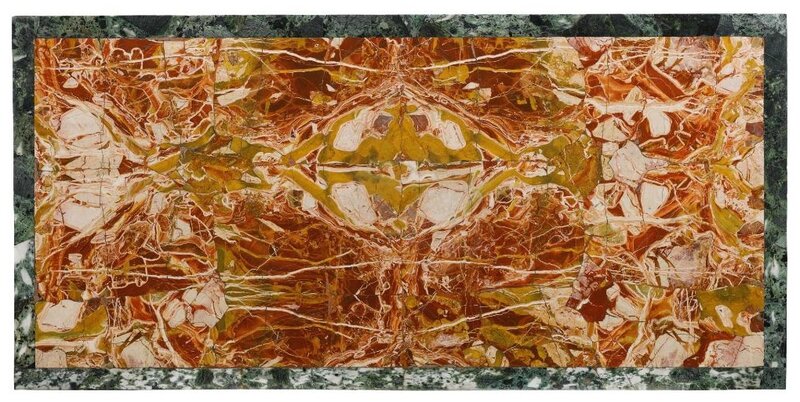



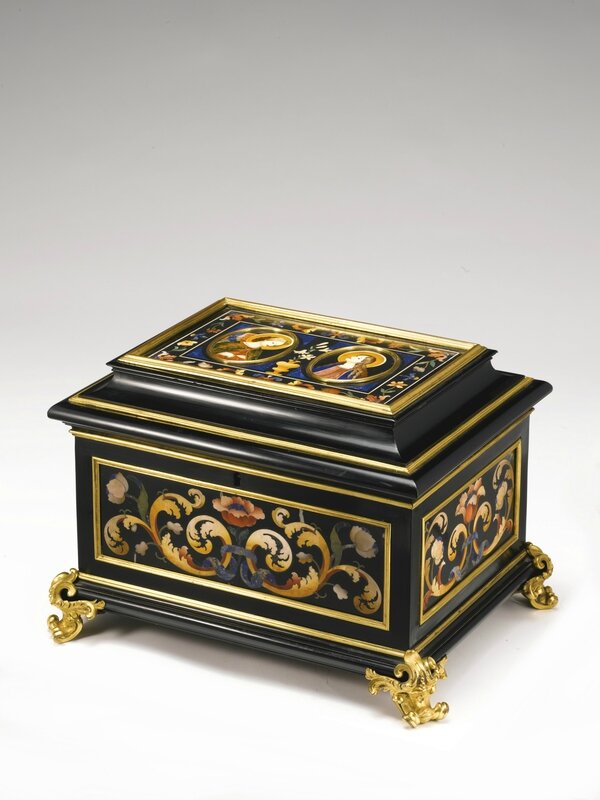
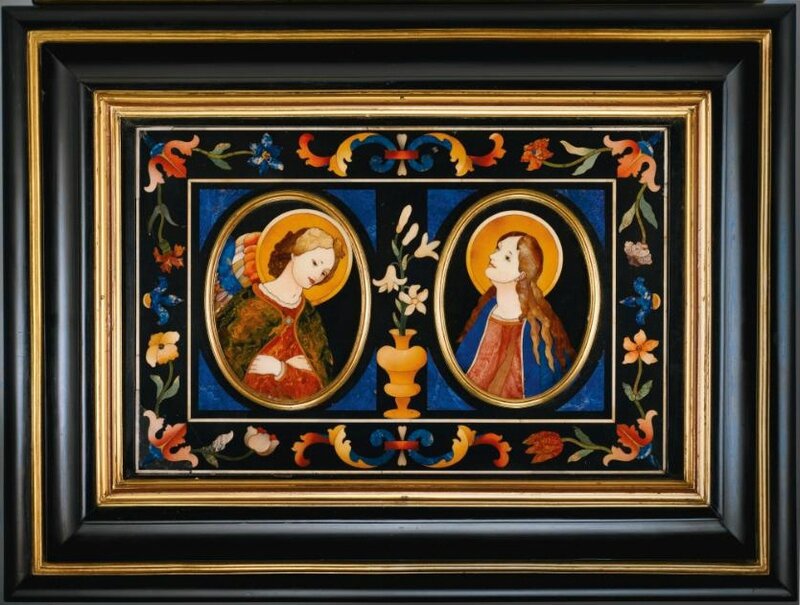
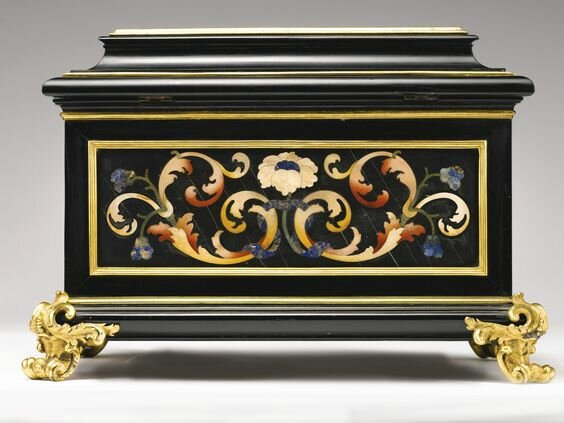
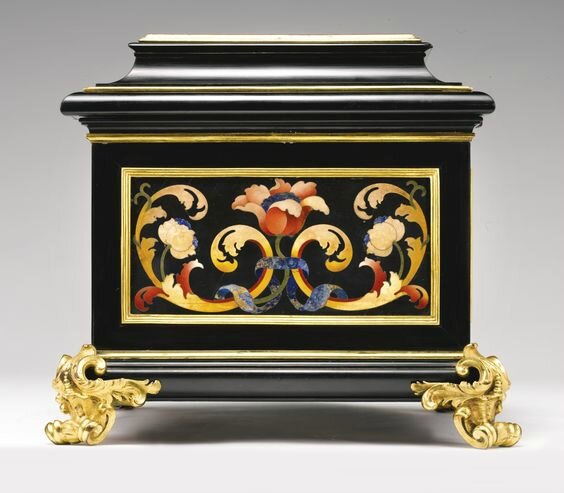

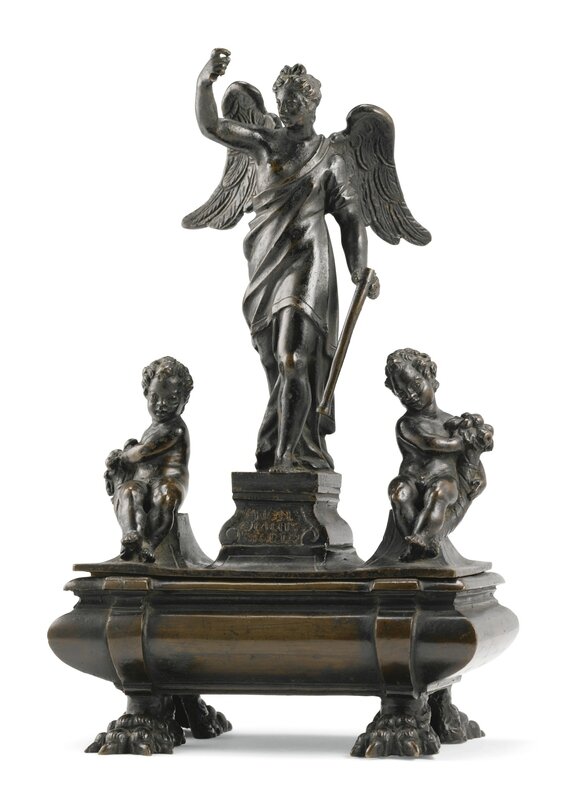

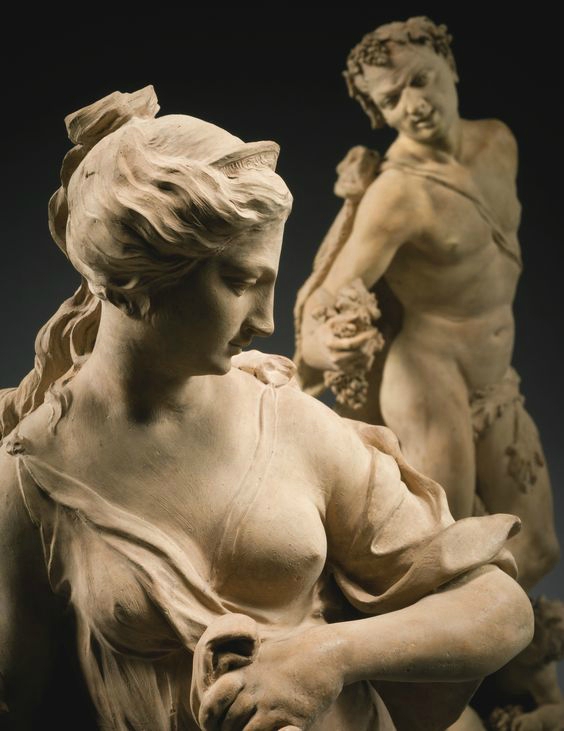


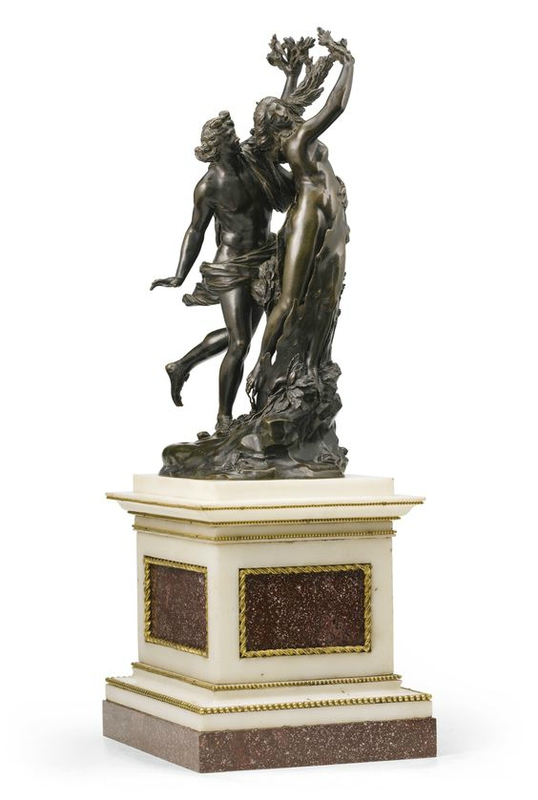
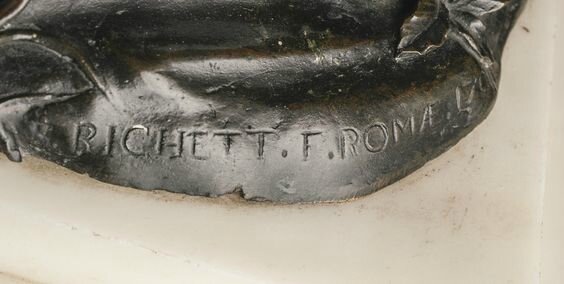







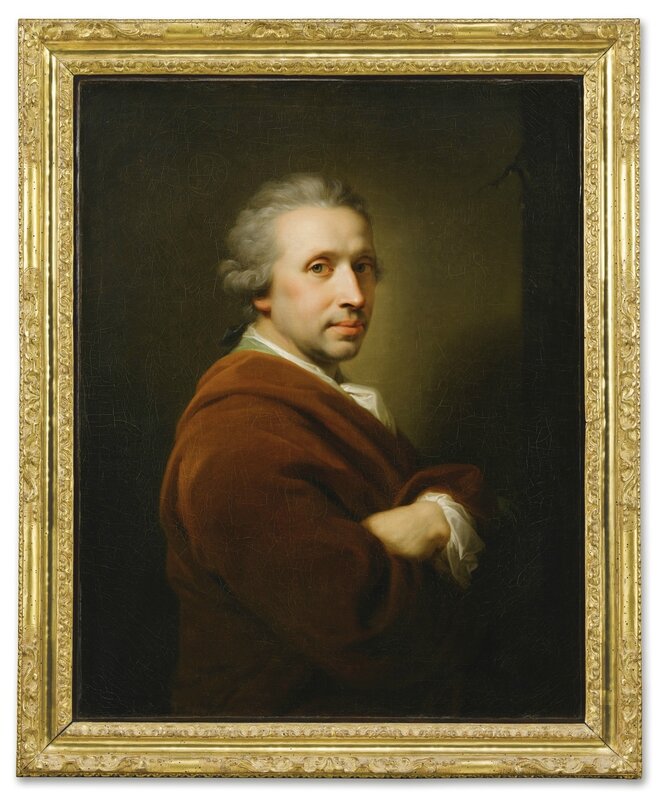


/http%3A%2F%2Fstorage.canalblog.com%2F40%2F78%2F119589%2F122387621_o.jpg)
/http%3A%2F%2Fstorage.canalblog.com%2F57%2F86%2F119589%2F96401391_o.jpg)
/http%3A%2F%2Fstorage.canalblog.com%2F05%2F19%2F119589%2F76249027_o.jpg)
/http%3A%2F%2Fstorage.canalblog.com%2F63%2F36%2F119589%2F75363470_o.jpg)